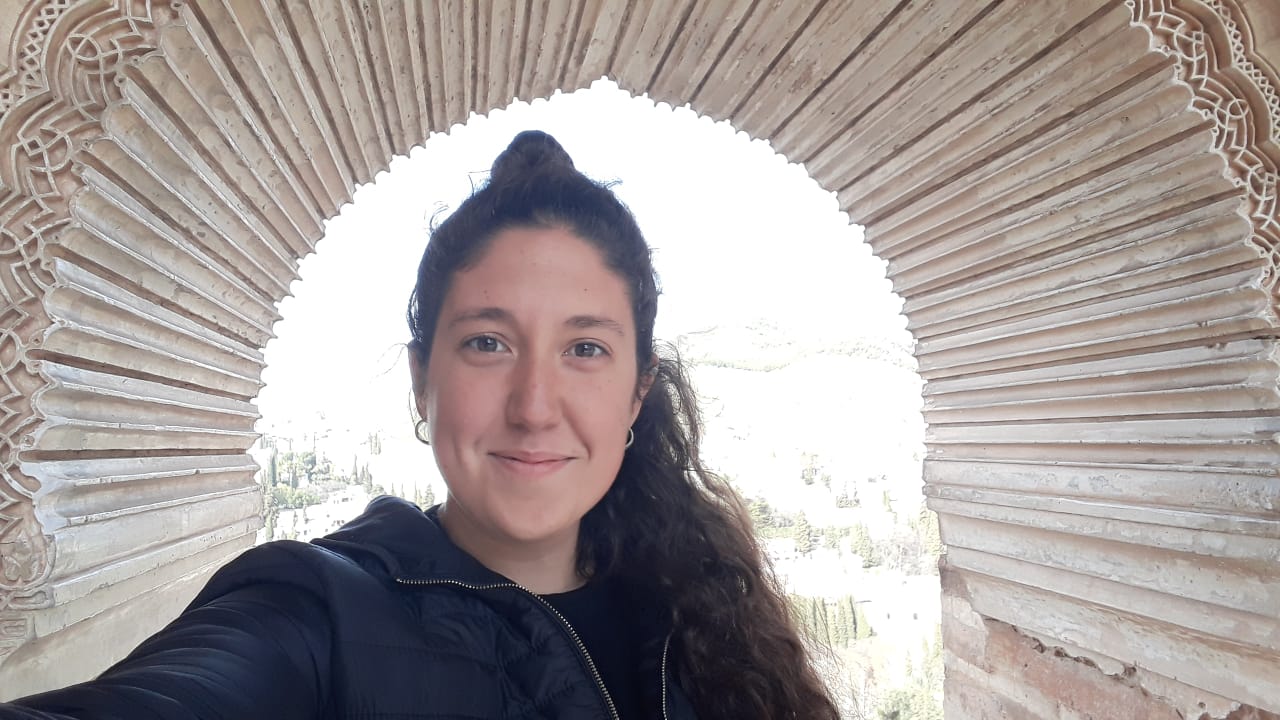The auditory system of many mammals develops after birth. It is known that before the onset of hearing inner hair cells (IHCs) of the cochlea are innervated by neurons of the afferent system and transiently by neurons of the medial olivocochlear (MOC) system. During this period, IHCs exhibit spontaneous periodic depolarization patterns, that produce the release of the neurotransmitter, glutamate. These events induce stereotyped bursts of action potentials that are transmitted to the auditory circuits in the brain and promote physiological maturation and the proper establishment of the tonotopic map. The transient efferent innervation to IHCs of the cochlea has been proposed as a modulator of this activity. In this work, we sought to understand the function of this transient synapse during the beginning of hearing. We used a previously reported genetically modified mice carrying an α9 cholinergic receptor subunit point mutation that leads to enhanced responses to MOC activity. First, we analyze the onset of hearing and we found that these knock-in gain of function animals start to hear a day before than wild types, which means that the MOC system might be involved in cochlear development. Second, we observed that the maturation of the auditory system is a process that occurs from the periphery towards the higher nuclei. Finally, we evidenced that afferent synapse formation begins as a multiple innervation and then, a “prune” and refinement of these synapses occurs.
P#246
The medial efferent system during development of the auditory pathway
Valeria Castagna
- Ciudad de Buenos Aires,
- Argentina
- Valeria Carolina Castagna ¹
- , Luis Ezequiel Boero ¹
- , Mariano Di Guilmi ²
- , Ana Belén Elgoyhen ²
- , Maria Eugenia Gomez Casati ¹
- 1 Instituto de Farmacología, Facultad de Medicina, UBA
- 2 Instituto de Investigaciones en Ingeniería Genética y Biología Molecular, Dr. Héctor N. Torres(INGEBI)

